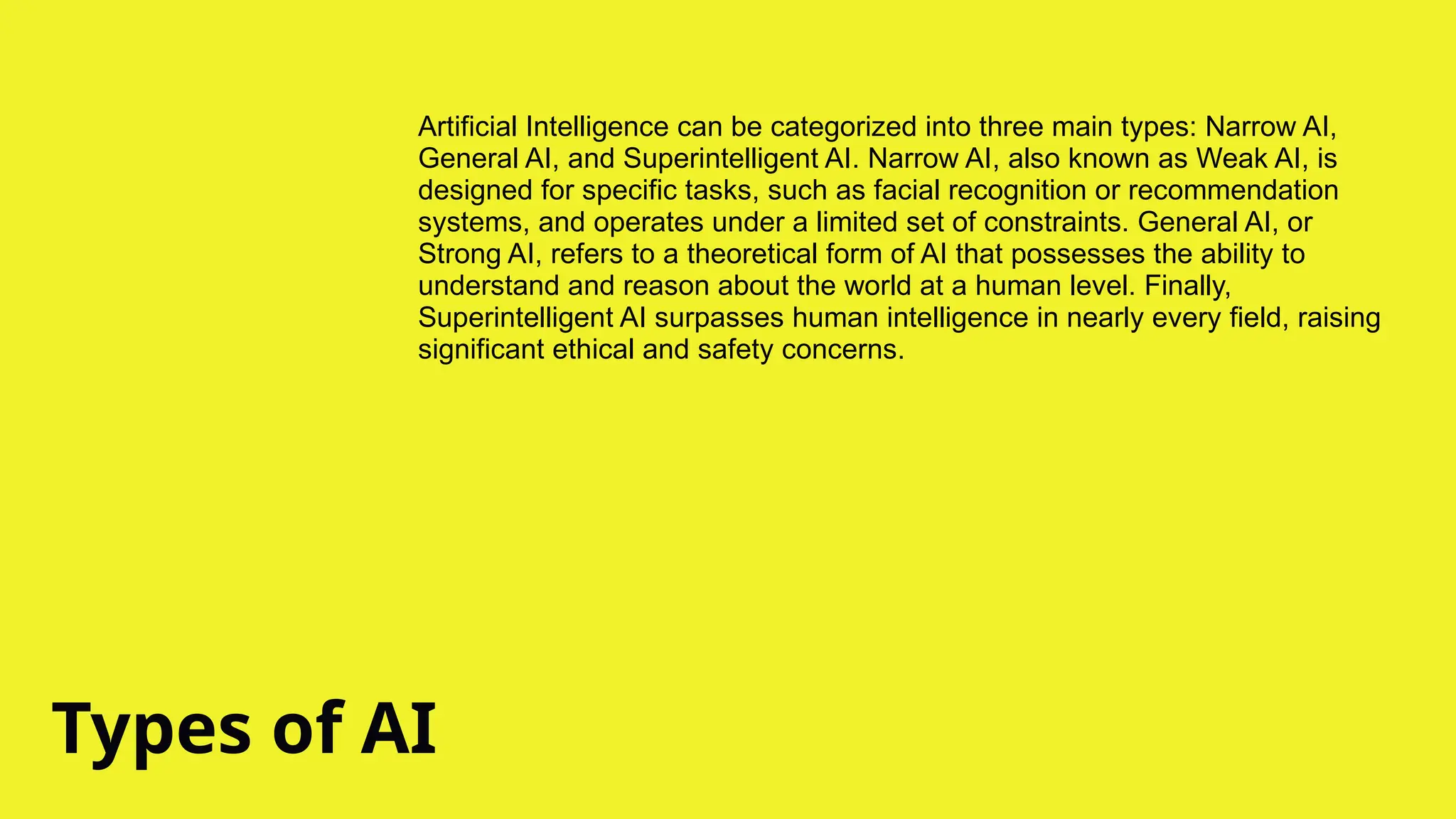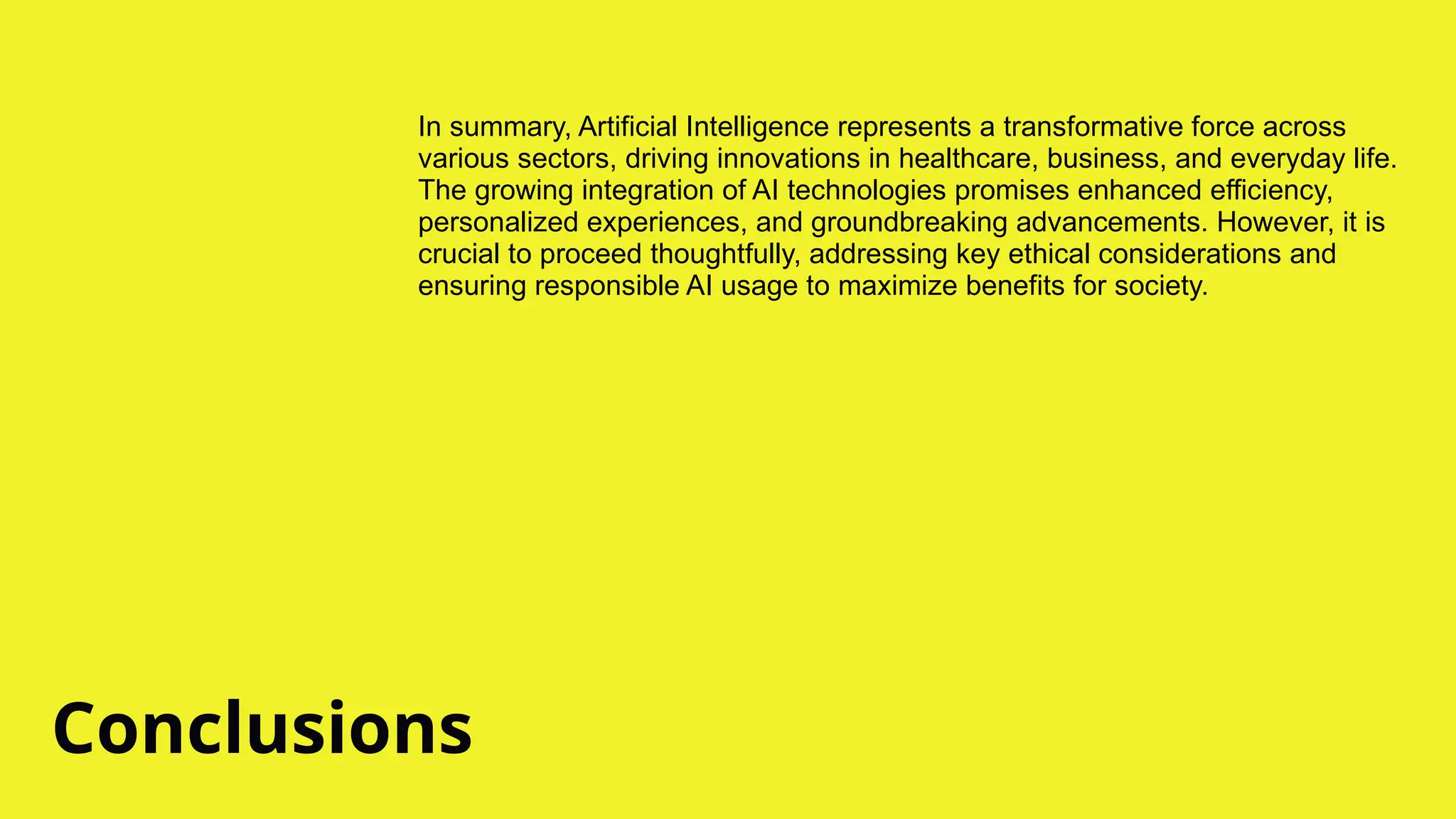Download Link👉👉👉
https://alipc.pro/dl/
GlassWire Elite Crack GlassWire Elite Crack is an efficient and reliable software that allows you to manage and monitor Internet traffic. It is packaged in a pleasant and easy-to-use user interface.











